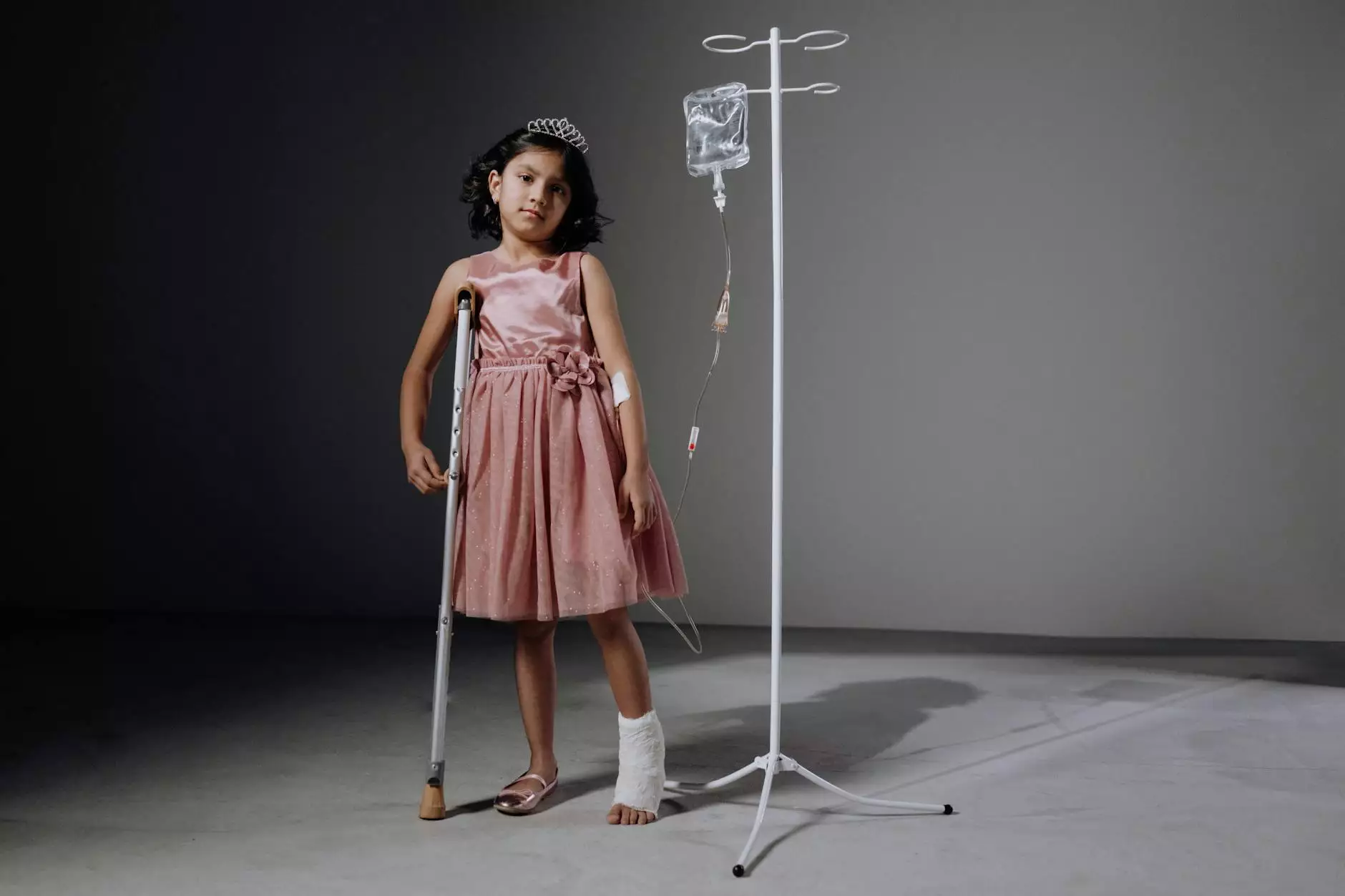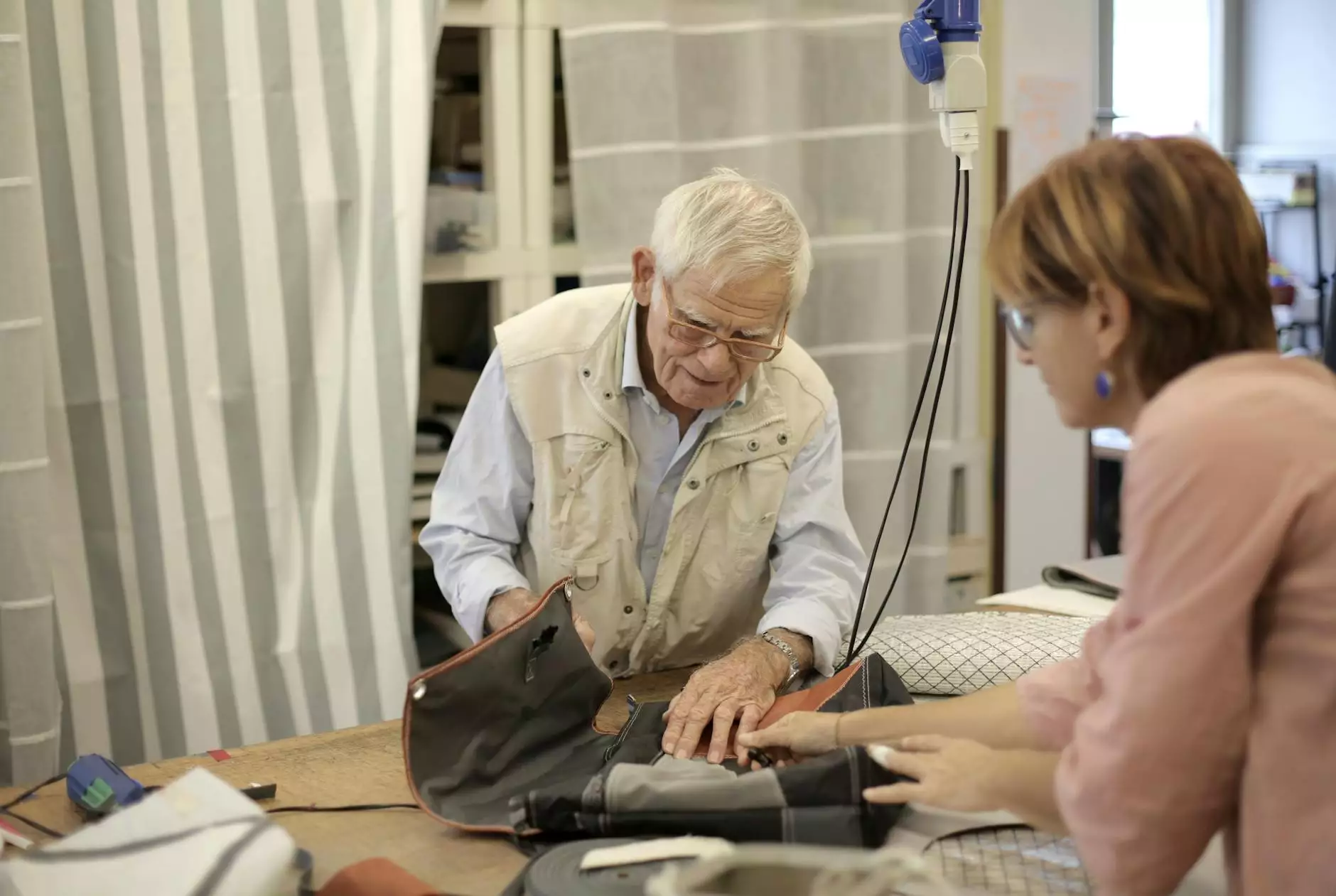Understanding Breast Reduction: Benefits, Procedure, and Recovery

What Is Breast Reduction?
Breast reduction, medically known as reduction mammaplasty, is a surgical procedure designed to decrease the size of the breasts by removing excess fat, glandular tissue, and skin. This procedure not only helps improve the physical appearance of patients but also alleviates the discomfort caused by excessively large breasts. Many women opt for breast reduction to enhance their overall quality of life.
Reasons for Considering Breast Reduction
There are several compelling reasons why individuals may choose to pursue breast reduction. These include:
- Relief from Pain: Many women experience chronic neck, back, and shoulder pain due to the weight of large breasts.
- Improved Posture: Reducing breast size can help in correcting posture, providing better spinal alignment.
- Enhanced Physical Activity: Individuals often find it easier to engage in exercise and physical activities when breast size is reduced.
- Boosted Self-Esteem: Many patients report an increase in self-confidence and improved body image following the procedure.
- Less Skin Irritation: Large breasts can cause skin rashes or irritation beneath the breast folds, which can be alleviated through surgery.
Who Is a Good Candidate for Breast Reduction?
Not everyone is suitable for breast reduction surgery. Ideal candidates include:
- Women with large, heavy breasts causing physical or emotional discomfort.
- Women who are physically healthy and have realistic expectations.
- Individuals who are not currently pregnant or nursing.
- Those who understand the risks and benefits associated with the surgery.
The Breast Reduction Procedure
The surgical technique for breast reduction can vary based on the patient's needs and the surgeon's recommendations. Generally, the following steps are involved:
1. Consultation and Planning
A thorough consultation with a qualified surgeon is crucial. Discuss your goals, medical history, and any concerns you may have.
2. Anesthesia
Patients typically receive either local or general anesthesia, depending on the complexity of the procedure.
3. Incision Techniques
There are various incision techniques:
- Anchor incision: An incision is made around the areola, down to the breast crease, and across the breast crease.
- Lollipop incision: An incision around the areola and downwards, but not across the breast fold.
- Donut incision: A circumareolar incision is used, less invasive than others but suitable for smaller reductions.
4. Tissue Removal and Shaping
The surgeon removes excess skin, fat, and glandular tissue, reshaping the remaining breast tissue to achieve a natural contour.
5. Closing the Incisions
The incisions are then closed with sutures that are often dissolvable. A surgical bra may be recommended for support.
Recovery Process After Breast Reduction
Post-operative care is critical for a smooth recovery after breast reduction surgery. Here are some key points:
- Rest: Adequate rest for the first 1-2 weeks is essential for healing.
- Follow Your Surgeon’s Instructions: Adhering to post-operative care instructions will aid recovery and minimize complications.
- Wear Supportive Bras: A surgical or compression bra is often worn for several weeks to support the healing breasts.
- Manage Pain and Swelling: Over-the-counter pain relievers can help manage any discomfort. Ice packs may reduce swelling.
- Limit Physical Activity: Avoid rigorous activities for at least four to six weeks to allow for proper healing.
Most patients can return to normal activities within six weeks, but follow-up appointments with the surgeon will ensure proper healing.
Potential Risks and Complications
As with any surgical procedure, breast reduction comes with its risks, including:
- Scarring: All surgical procedures leave scars. However, skilled surgeons minimize their visibility.
- Changes in Nipple Sensation: Some patients may experience temporary or permanent changes in sensitivity.
- Asymmetry: There is a possibility of uneven breasts post-surgery.
- Infection: While rare, infections can occur, which may require antibiotics and additional treatment.
Long-term Benefits of Breast Reduction
Beyond the immediate physical changes, patients who undergo breast reduction often enjoy lasting benefits, including:
- Improved Quality of Life: Many report a significant improvement in their overall quality of life post-surgery, including better comfort and mobility.
- Enhanced Self-Image: A more proportionate breast size can lead to improved self-esteem and confidence.
- Increased Physical Activity: Many women find they can engage in physical activities more easily, contributing to better overall health.
- Long-Term Pain Relief: Many patients experience relief from prior neck, back, and shoulder pains, leading to improved day-to-day functioning.
Conclusion
In summary, breast reduction is a valuable surgical option for individuals who suffer from the physical and emotional effects of large breasts. With a successful procedure, patients can experience significant improvements in their quality of life, bodily comfort, and self-esteem. As with any medical decision, it is crucial to consult with a qualified surgeon to discuss your options, risks, and expected outcomes. This informed decision-making can lead to a satisfying and beneficial transformation, enabling individuals to embrace life with renewed confidence and comfort.
For more information on breast reduction and to see if you are a candidate for this procedure, visit our website.









